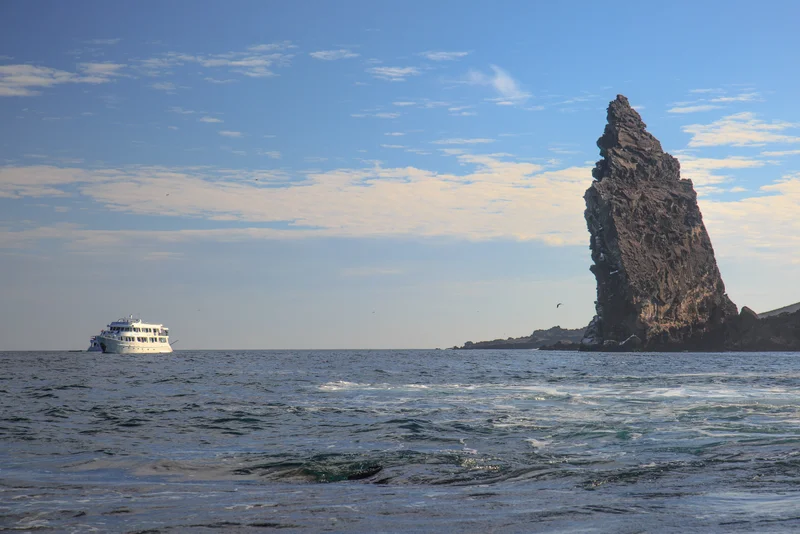UNESCO World Heritage Sites in Ecuador
Heritage Overview
Ecuador's UNESCO World Heritage sites represent extraordinary biodiversity, colonial heritage, and indigenous cultural landscapes spanning from volcanic archipelagos to Andean highlands and Amazon rainforests. The country preserves exceptional natural laboratories of evolution alongside historic cities that blend European colonial architecture with indigenous and mestizo cultural traditions. Oceanic islands demonstrate ongoing evolutionary processes in isolation, showcasing endemic species found nowhere else on Earth and maintaining critical marine ecosystems. These sites revolutionised scientific understanding of natural selection and evolution whilst continuing to provide invaluable research opportunities. The exceptional biodiversity across terrestrial and marine environments makes these areas globally significant for conservation. Historic colonial centres preserve remarkably intact Spanish urban planning with baroque churches, monasteries, and civic buildings featuring distinctive artistic schools combining European techniques with indigenous craftsmanship and materials. These sites document cultural fusion and artistic innovation in South America. Together, Ecuador's heritage reflects the country's position straddling the equator with resulting biodiversity hotspots, volcanic landscapes, colonial history, and the synthesis of indigenous and European cultures that created distinctive artistic and architectural traditions across diverse ecological zones.
Essential Information
Visa Requirements
Citizens of most countries including the United States, Canada, European Union, Australia, and Japan can enter Ecuador visa-free for tourism up to 90 days per year. Entry stamps are issued upon arrival at international airports and land borders. Passports must be valid for six months beyond entry date. Some nationalities including India and China require visas from Ecuadorian consulates before travel. Extensions beyond 90 days require immigration office applications. The 90-day limit is calculated annually, not per visit. Overstaying carries fines. Ensure you receive proper entry stamps to avoid complications. Onward tickets may be requested.
Currency
Ecuador's official currency is the United States Dollar (USD), adopted in 2000 following economic crisis and abandonment of the Sucre. US banknotes are used throughout the country, with Ecuador minting its own centavo coins equivalent to US cents. Credit cards (Visa, Mastercard) are accepted in hotels, restaurants, and larger establishments in cities but less common rurally. ATMs are widespread in urban centres, dispensing US dollars with typical limits around $300-400 per withdrawal and charging fees for foreign cards. Cash is essential for markets, small businesses, taxis, and rural areas. Bring small denominations as change can be scarce.
Language
The official language is Spanish, spoken by the majority of Ecuador's population. Ecuadorian Spanish features distinctive pronunciation and vocabulary. English proficiency is limited outside tourist areas, international hotels, and major cities like Quito and Guayaquil. Tourism operators and guides typically speak some English. Indigenous languages including Kichwa (Quechua) are spoken by indigenous communities, particularly in highland regions, and have official status. Shuar and other languages are used in Amazon regions. Signage in tourist areas increasingly includes English. Translation apps are helpful for navigation and communication. Learning basic Spanish phrases significantly enhances travel experiences and facilitates interactions.
Climate
Ecuador's equatorial location creates diverse microclimates varying dramatically by altitude rather than season. Coastal regions feature tropical climate with hot, humid conditions year-round, averaging 25-30°C, with wetter season December-May. The Andean highlands experience spring-like temperatures year-round ranging 10-20°C, with dry season June-September and wet season October-May. Amazon regions remain hot and humid year-round (24-30°C) with daily afternoon rain. Galapagos Islands enjoy subtropical climate with warm season December-May (25-30°C) and cooler, drier season June-November (20-25°C). The dry season (June-September) generally offers best conditions for highland heritage sites, though Ecuador's equatorial position makes year-round travel feasible.
